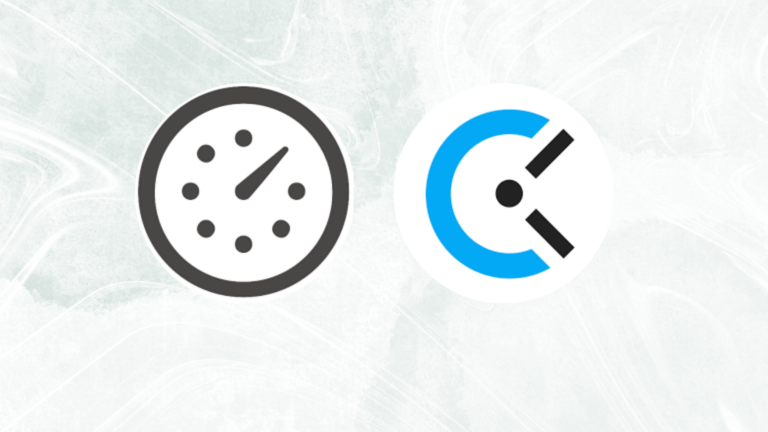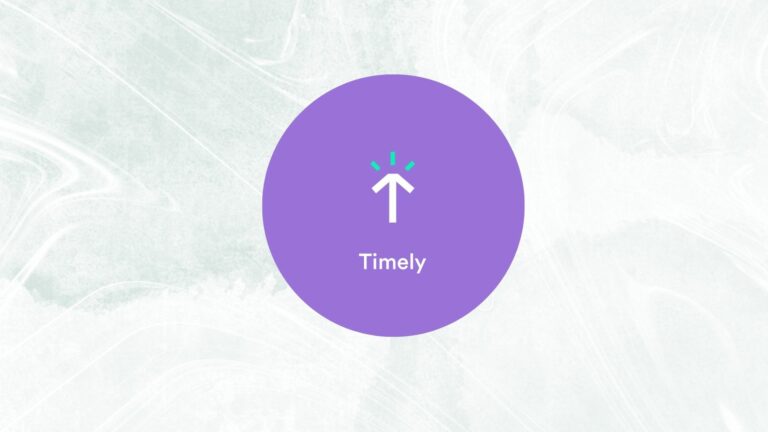The recent advances in artificial intelligence (AI) have introduced AI into the workplace, disrupted sectors, and scared some highly brilliant individuals.
ChatGPT and Bard are two examples of free and straightforward applications that make it possible for anyone to begin using AI immediately to improve their productivity and efficiency at work. According to our research, the number of workers who make use of AI in the course of their daily activities is growing steadily.
This comes as no surprise. After all, when you have a wonderful virtual assistant at your disposal, there’s no reason to fight with tedious professional responsibilities.
Well, one explanation is that you simply lack the expertise to take advantage of available artificial intelligence systems.
But have no fear! That’s why we wrote this piece, in which we’ll do the following:
examine the benefits and drawbacks of AI, instruct you on expert prompting, and provide five ways to implement AI at work to immediately increase output.
I say, “Shall we?”
Table of contents
Understanding AI’s strengths and limitations
The use of AI is not (yet) a panacea. It won’t be the answer to everything, and it won’t do the work for you. Artificial intelligence is a tool, and like any tool, it has its strengths and weaknesses depending on the context.
In order to determine which jobs are best suited for AI implementation in the workplace, it is necessary to have a firm grasp of the benefits and drawbacks of this technology.
AI’s strengths:
- AI excels in processing and analyzing data, making quick work of even the most massive datasets.
- Tools like ChatGPT’s superior language production and comprehension capabilities make them useful in a wide range of contexts.
- AI has the ability to complete jobs rapidly and precisely.
The Catch-22 of AI:
- AI does not grasp the world in the same way that humans do because it lacks human intuition and common sense.
- Difficulties in decision-making: AI may have trouble evaluating moral situations and making sound decisions.
- Insanity: It’s possible that the current crop of AI models will fabricate misleading information in response to a user’s query.
That is to say, AI can assist with data analysis and writing in a short amount of time, but you should constantly keep a tight eye on the results, verify any references it offers, and not rely on it to make crucial judgments.
Therefore, finding the right jobs for AI in the workplace involves figuring out which jobs gain the most from the aforementioned advantages and suffer the least from the AI drawbacks.
Keep in mind that you have to be VERY careful when using AI.
Here’s an AI hallucination example that proved critical:
Legal Blunder: New York Lawyer’s Shocking Encounter with AI Research Gone Awry
A New York lawyer found themselves in a precarious situation after using ChatGPT, an AI tool, for legal research. Relying on ChatGPT’s findings, the lawyer referenced non-existent cases in court, unaware of the AI’s fabrication. This incident serves as a stark reminder of the importance of cross-verification and human oversight when relying on AI for legal research. It highlights the delicate balance between harnessing AI’s capabilities and preserving the critical role of human expertise in the legal profession.
How to prompt like a pro
To maximize artificial intelligence technologies’ potential, you’ll need to prompt strategically.
“Prompt” instructs AI.
I want a new TV show. I like science fiction, but I don’t have much time. This situation illustrates why an effective AI prompt is so important:
AI models’ intelligent and relevant replies require rapid engineering. In AI, context matters.
Prompt engineering requires practice and experimenting. Prompt Engineers have even been created.
Here are four key elements to consider when writing prompts for workplace AI use:
Context: By providing context, you help the AI understand the situation and provide more accurate responses.
Task Type: Clarifying the AI’s task—idea development, data analysis, or recommendations—aligns its efforts with your goals.
Tone: Choosing a tone sets the AI’s response. This direction ensures the AI’s output matches your communication goals, whether formal, conversational, persuasive, or informational.
Format: Specifying the AI’s output format—bullets, summaries, thorough analysis, or specific sections—lets you customize the information.
By combining and fine-tuning these four prompting variables, you help the AI understand your requests and produce accurate, personalized, and valuable outcomes. Strategic prompt engineering unlocks AI’s full workplace potential.
5 ways how to Use AI in the workplace
Now that we know how AI works and how to get the most out of it, let’s take a look at some specific AI tasks you can delegate in the workplace.
1. Text writing
Writing is an extremely time-consuming task that can be delegated to AI systems. This includes but is not limited to emails, newsletters, blog posts, reports, and more. Give as much background information as possible, set the tone, and tell the computer how long the draught should be.
The AI will likely provide a decent starting point and help you get through (what I consider to be) the hardest part of writing—getting started. Yes, you will probably still need to make substantial adjustments to fit the content to your personal needs.
2. Brainstorming assistance
Generating creative ideas is an extremely demanding job, especially if you have to do it often. Not only coming up with the ideas, but also evaluating, ranking, and turning them into actionable items.
It’s also a perfect AI task. Use it quantitatively or qualitatively to generate hundreds of ideas in moments or find similar opportunities to the ideas you already have. Best of all, you can then ask AI to sort all of the ideas according to various criteria to quickly and easily evaluate which has the most potential.
3. Editing
Editing is another fantastic application for AI in the workplace. You can ask AI to find grammar mistakes, identify insufficiently substantiated points, suggest better wording, and even critique your argumentation. A good edit can take several hours, but AI can do it in seconds.
This is superb for producing amazing reports and blog posts and ensures you don’t let any mistakes – big or small – slip through the cracks.
4. Conducting research
Whether you’re looking to answer a quick question or collecting information for a deep dive, research can take hours upon hours, especially if you have highly specific questions. Using AI is like taking a shortcut.
It can quickly put the information you’re looking for at your fingertips. Additionally, it can analyze the content, suggest other avenues to explore, and provide a comprehensive overview of the topic at hand. Do note that, when it comes to research, you have to be particularly careful to double-check any data, statistics, and statements, as it’s one of the AI use cases that’s most at risk of hallucination.
5. Data analysis
If you have a large amount of data to analyze, you may feel like you’re looking for a needle in a haystack.
You’ll be drawn to AI, I guess. Just dump the information and see what happens.
It can quickly process and analyze large amounts of data, revealing hidden trends, correlations, and patterns that humans might miss. Additionally, AI can perform intricate statistical computations and predictive modeling, making it an invaluable tool for data analysts.
AI: The Library, You: The Librarian
AI tools like ChatGPT hold valuable knowledge, but knowing how to access it is key. AI enhances, but can’t replace human intelligence. In the workplace, your role is vital in bringing AI to life.
Think of AI as a library and you as the librarian. While AI assists, it’s your expertise that guides you. Embrace this partnership, leveraging AI’s power to achieve goals.
As the librarian, tap into AI’s potential, extracting knowledge to enhance decision-making. Embrace your role, skillfully using AI to unlock wisdom in your work.
Remember, you’re the librarian, empowered to navigate AI’s possibilities. Let this inspire your AI-driven journey.


